
OR
Dust infests Kathmandu (with photos/video)
Published On: March 6, 2017 03:41 PM NPT By: Smriti Dhungana | @aesmriti

KATHMANDU, March 5: The term “dust” has become a common term among the inhabitants of Kathmandu valley as if it were popular. Post-earthquake reconstruction activities, road expansion and the expansion of water pipes for the completion of Melamchi Drinking Water project are the main causes of dust that infests Kathmandu.
The high level of dust the inhabitants of Kathmandu Valley are suffering from, which could have been at least alleviated through proper planning, is mainly attributable to the lack of co-ordination among the concerned government authorities.
The latest statistics reveals that the number of patients suffering from respiratory disease is on the increase.
According to the Department of Environment under the Ministry for Environment, people in Kathmandu Valley are breathing in dust particles less than 2.5 PM in size. The level of pollution in Kathmandu Valley has surpassed the minimum standard of World Health Organization (WHO).
The number of road accidents has increased due to the slippery road caused by wet dust, Superintendent of Police at Metropolitan Traffic Police Lokendra Malla has said.
Experts say that the protective covers used as dust protector such as masks sold in the common market at a cheaper price are not good enough to prevent infinitesimal dust particles from passing through. The masks made according to medical standards, which cost Rs. 3, 000 are not affordable for the majority of people.
Photos/video by Prabin Koirala/Republica
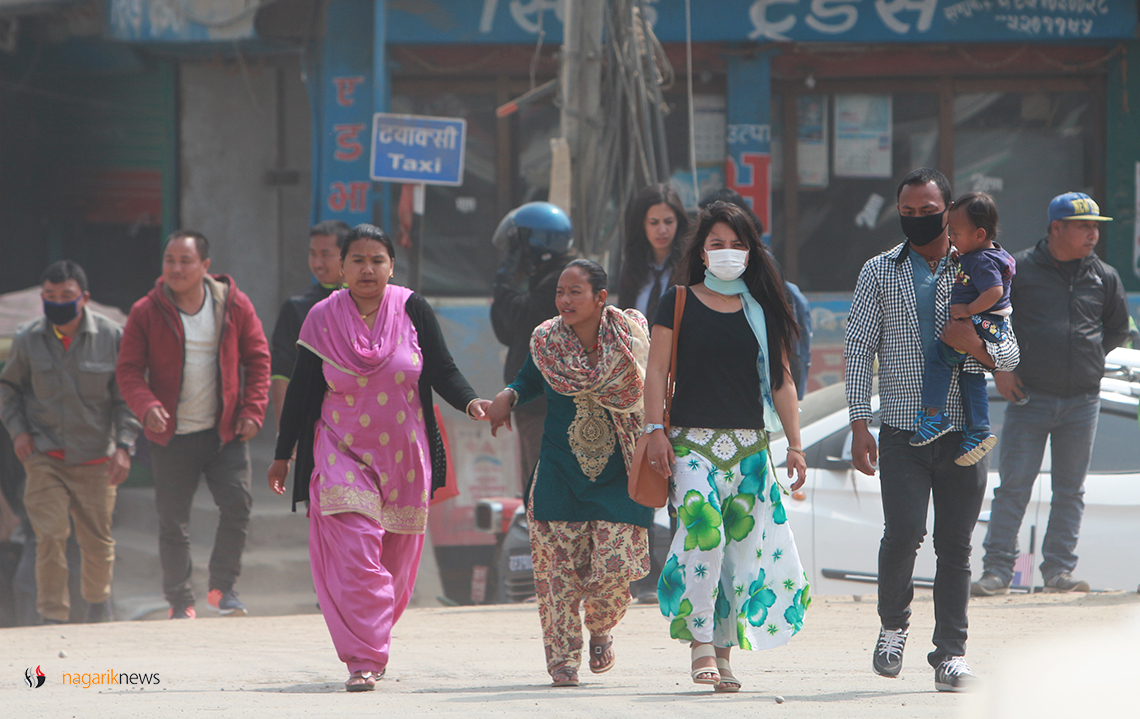
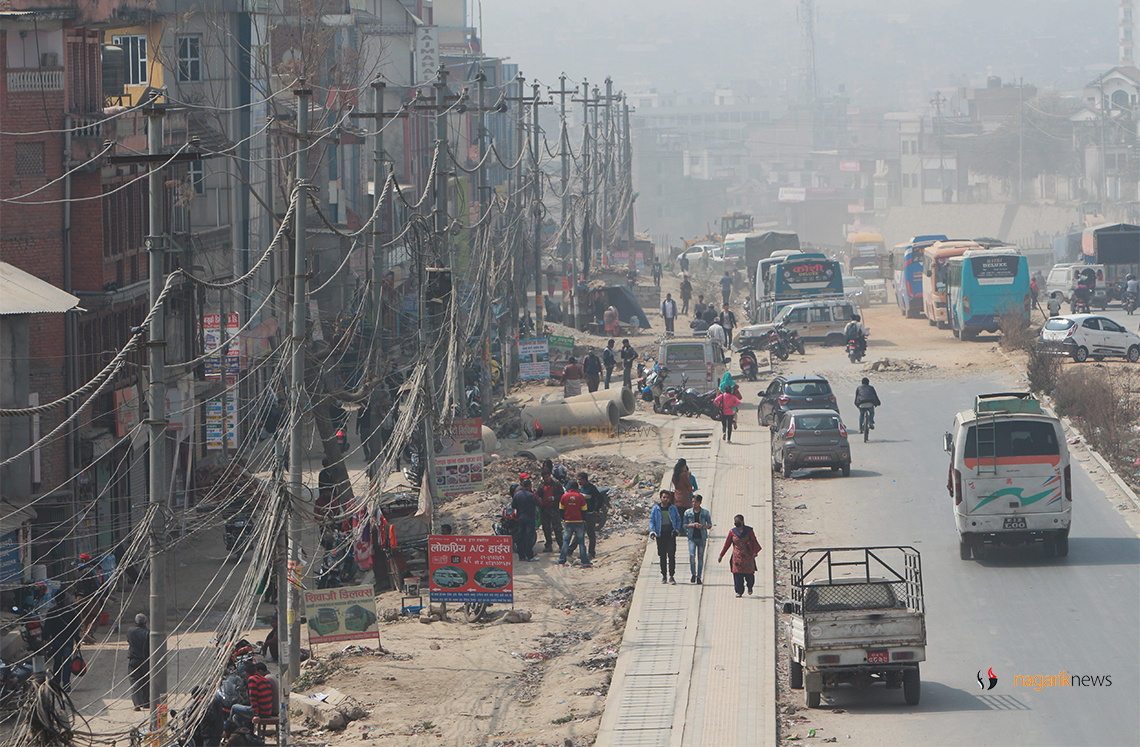
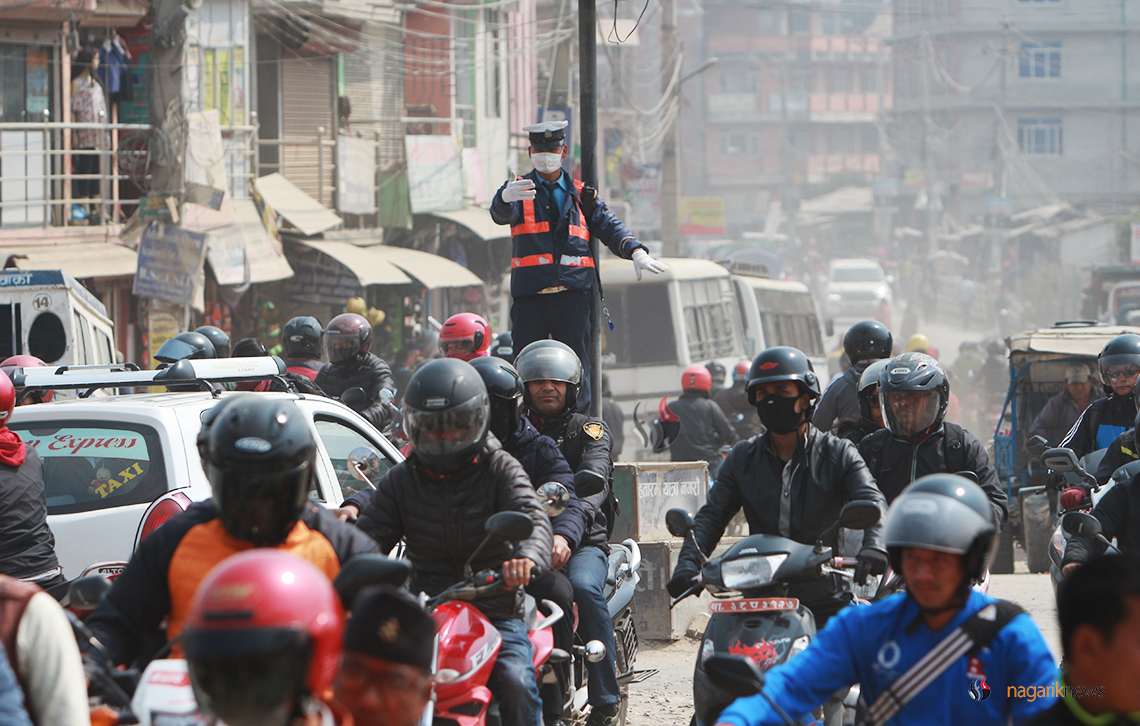















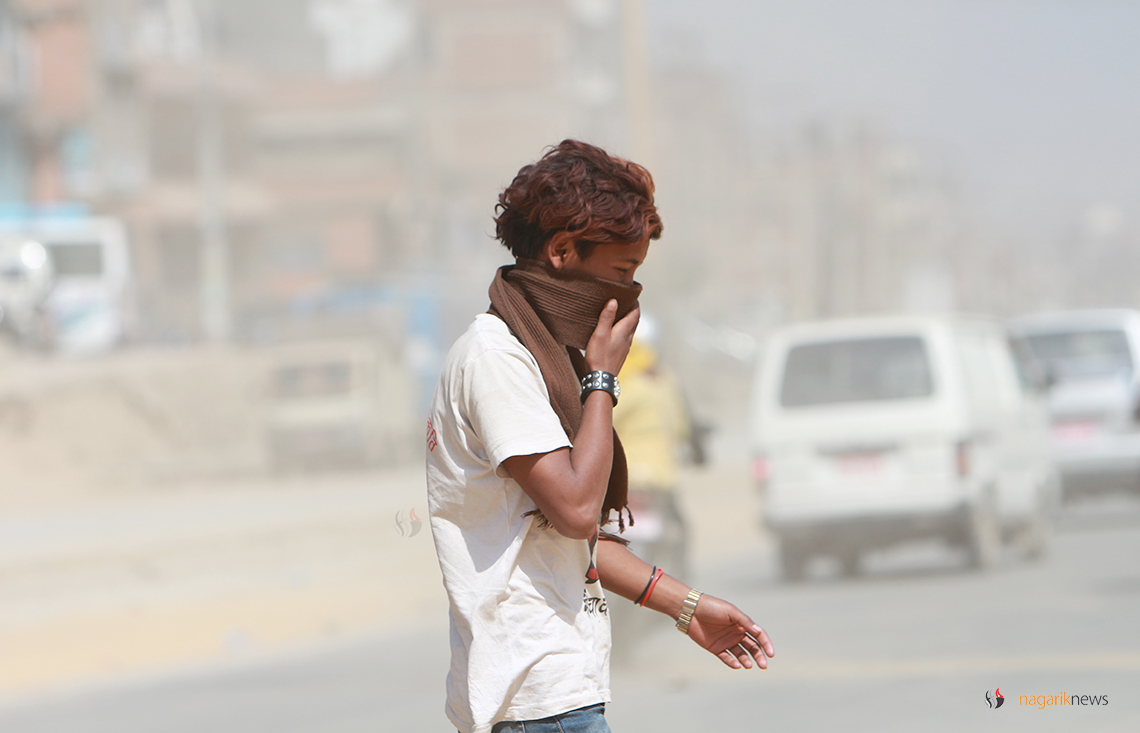



You May Like This
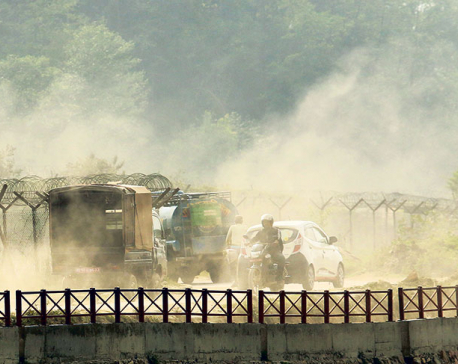
Dustmandu
Not the temples, nor the monasteries, palaces or even the historical architecture – it’s the all-permeating dust that has come... Read More...

Protest against affiliation of Kathmandu Medical College (With photos/video)
KATHMANDU, August 26: Bibeksheel Sajha Party organized a protest rally jingling bells against the decision of Tribhuvan University (TU) to grant affiliation... Read More...

Kathmandu to be made smoke and dust free
KATHMANDU, June 17: The newly elected mayor of Kathmandu Metropolitan City (KMC), Bidya Sundar Shakya, has reaffirmed his commitment to... Read More...

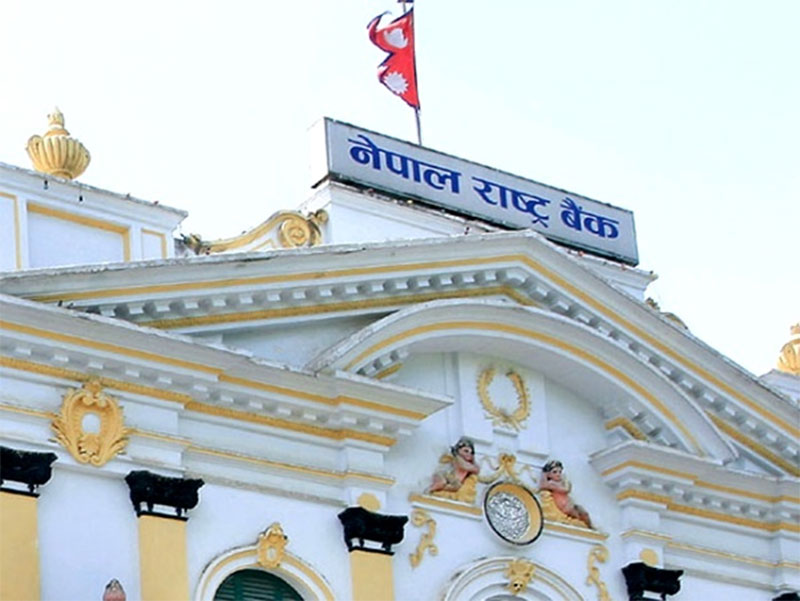

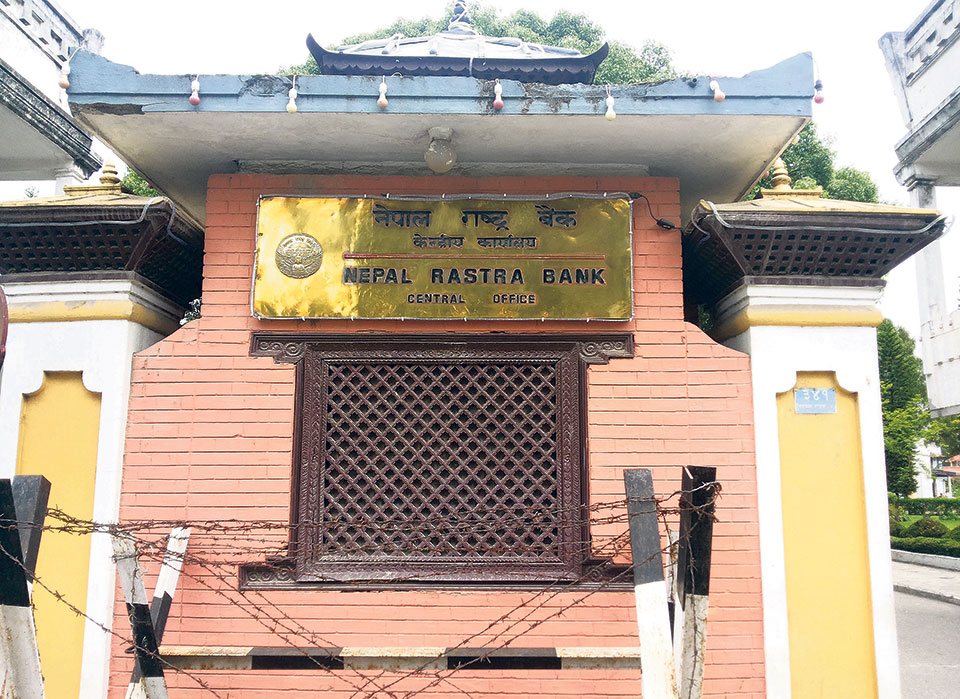
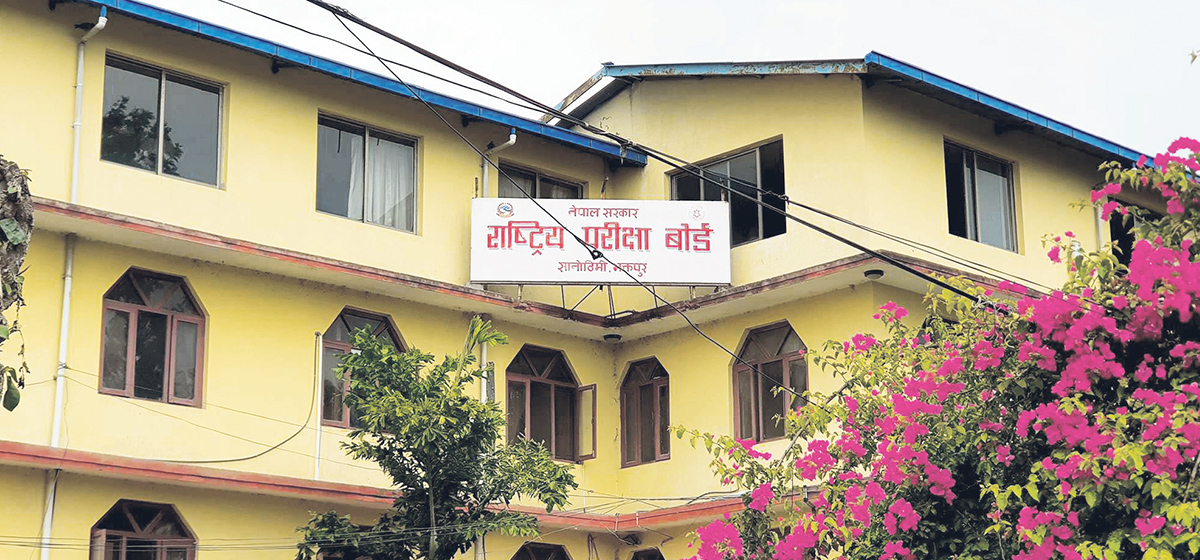

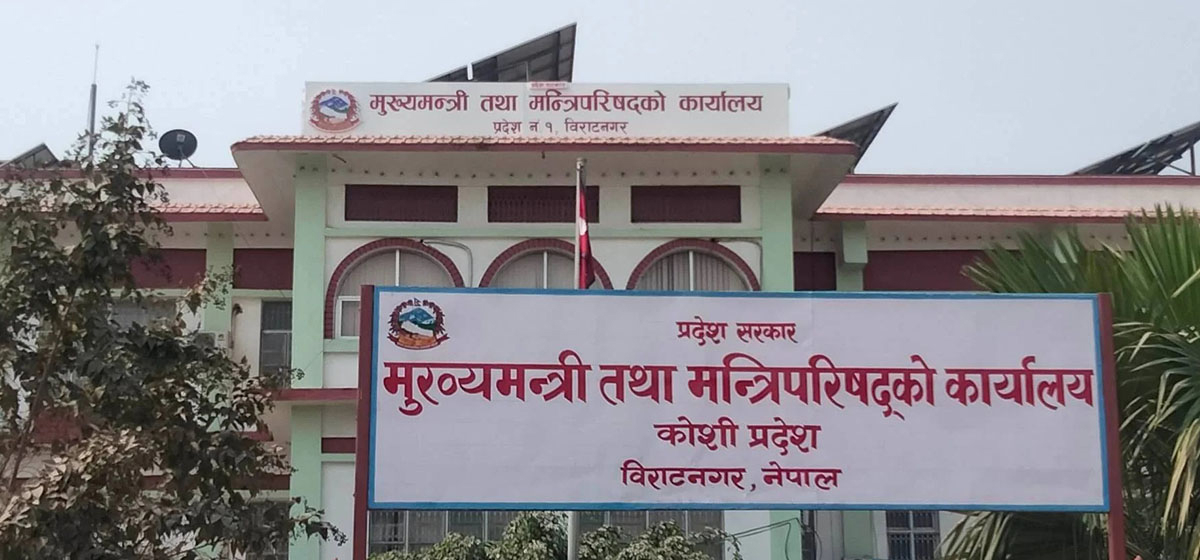

Just In
- NRB to provide collateral-free loans to foreign employment seekers
- NEB to publish Grade 12 results next week
- Body handover begins; Relatives remain dissatisfied with insurance, compensation amount
- NC defers its plan to join Koshi govt
- NRB to review microfinance loan interest rate
- 134 dead in floods and landslides since onset of monsoon this year
- Mahakali Irrigation Project sees only 22 percent physical progress in 18 years
- Singapore now holds world's most powerful passport; Nepal stays at 98th










Leave A Comment